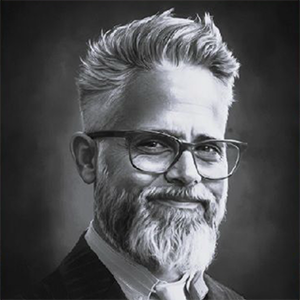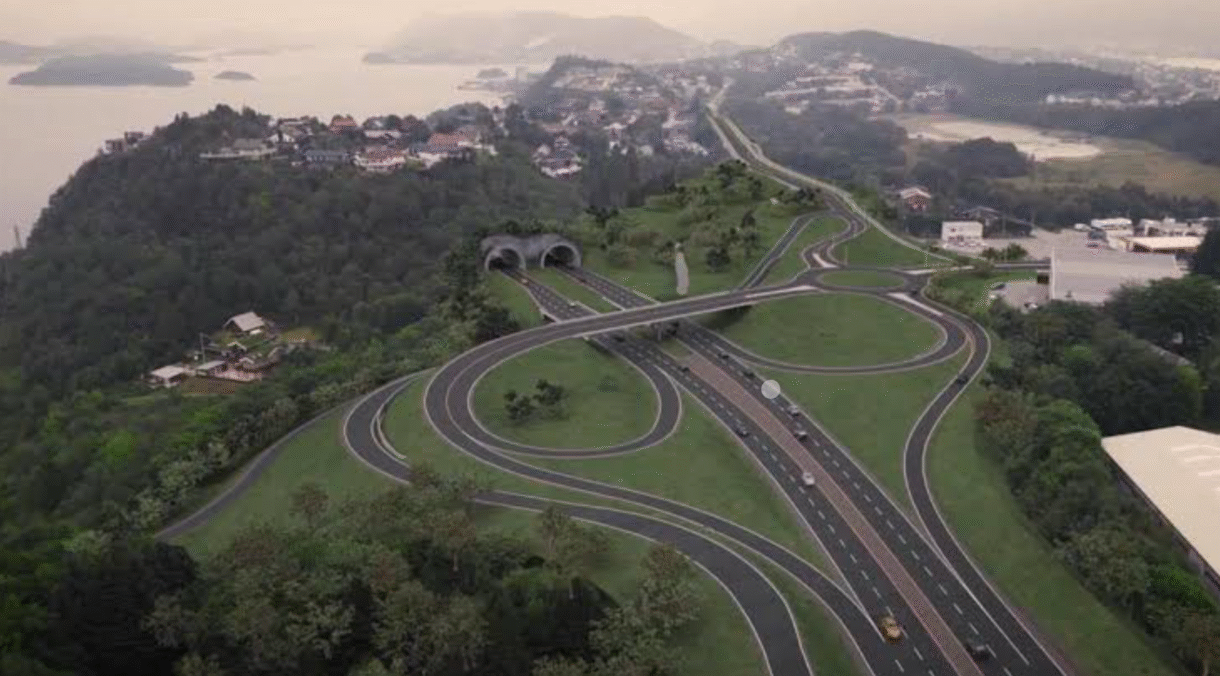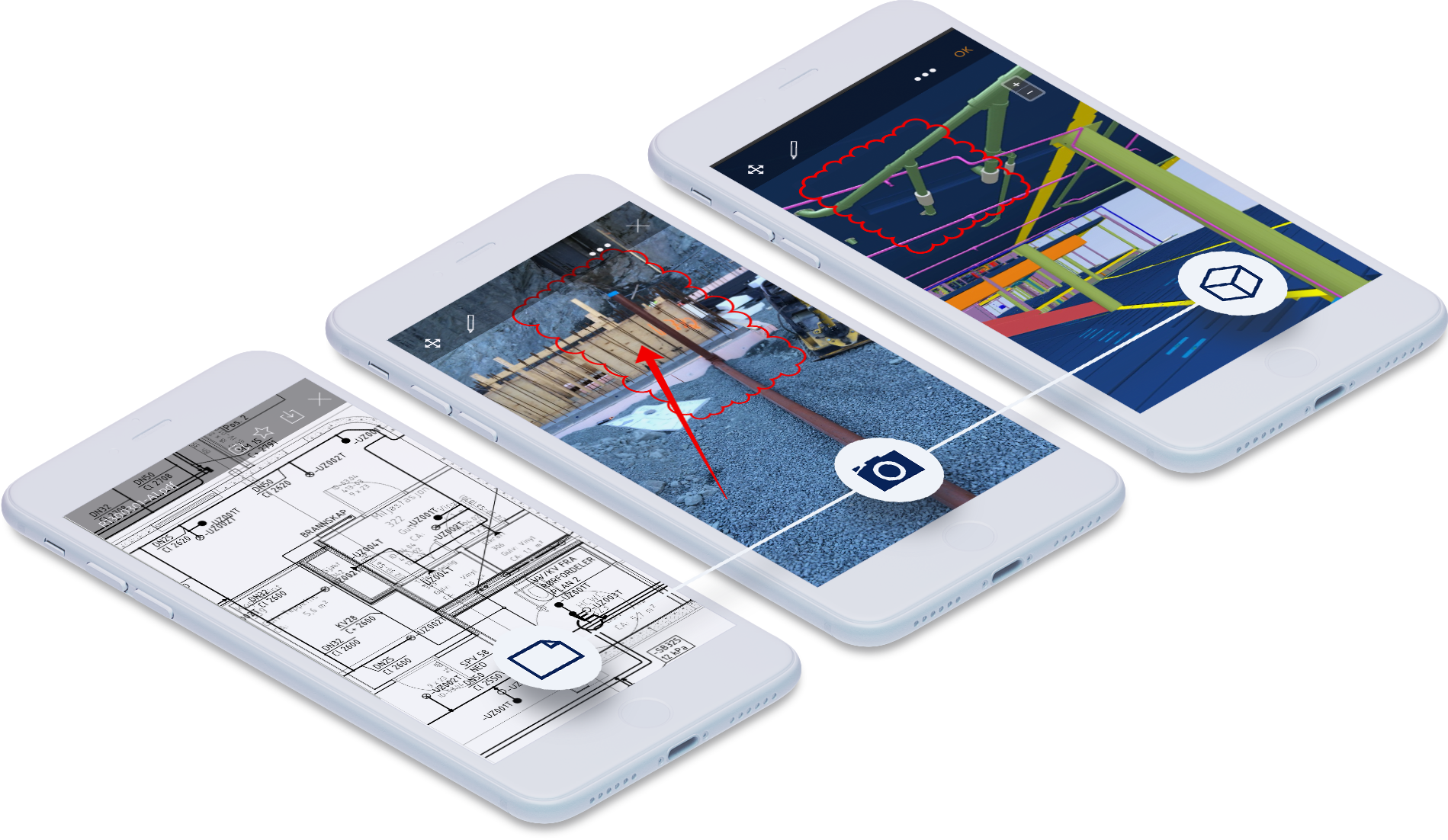#1 - StreamBIM from the Client’s Perspective - Lessons from LKAB
The first presentation from StreamBIM Day Stockholm 2025, by Johan Stribeck of and Jhonny Gyllenvråk from Tikab, which showcases how a StreamBIM project can look from the client’s perspective.
The project was the demolition of a defunct ore crushing and processing facility in Northern Sweden, for mining giant LKAB. Digital construction experts Tikab were brought in to assist in the tender process and project management.
Key elements include how Tikab assisted in getting an old facility from the 1960s ready for all-digital workflows, along with training the demolition crew in how to use digital tools, and general follow-up.

Johan Stribeck
Lead, Digital Workflows, Tikab
The ‘Grand Old Man of Swedish BIM’, Johan has 25+ years of experience in digital construction and digitalisation of the Swedish construction industry.

Jhonny Gyllenvråk
BIM Coordinator & Digital Workflows Specialist, Tikab
Jhonny started his career as a carpenter with NCC. This hands-on experience came in handy when he went digital, studying BIM coordination and working with VDC in Skanska before joining Tikab in 2021.
Recording date: 22 May 2025
Language: Swedish
Subtitles: EN, NO, SE, JP/日本語
Main Themes and Key Points
Context and Background
- The project was a relatively modest demolition effort at a decommissioned ore processing facility in Svappavaara, Northern Sweden
- The client, Luossavaara-Kiirunavaara Aktiebolag (LKAB), is a state-owned Swedish mining company founded in 1890. The company mines at Kiruna and at Malmberget in northern Sweden supplies about 80% of Europe’s iron ore.
- The consultant, Tikab, is a Stockholm-based consultancy providing services in structural engineering, digital project management and software development.
Client Vision & Goals (LKAB by project manager Stefan Emmoth)
-
- Take ownership of project information rather than relying solely on consultants.
- Full transparency and real-time oversight of progress and communication.
- Use of StreamBIM to centralize models, point clouds, and communication.
- Emphasis on visual clarity (3D models vs. old 2D drawings) for understanding and communication.
- Ensure traceability and structured information flow.
- Make the system accessible and easy-to-use, especially for local demolition contractors.
Challenges Faced
- Original documentation consisted of paper drawings from 1960s with uncertain accuracy.
- No existing CAD or BIM models.
- Only point clouds from drone scans were available.
- Needed to develop a usable digital model from scratch to support tendering and execution.
Digital Transformation Approach
- Point Cloud Conversion:
- Created simple 3D geometries from drone scans.
- Modeled key structures (steel, concrete), terrain, and traffic flows for safety planning.
- Model Coding & Structuring:
- Tagged model elements by plant parts, underground vs. above ground, operational status, and demolition phases.
- Color-coded stages for visual clarity (e.g., green = stage 1 demo, purple = to be kept).
- Tender Preparation:
- Used volume calculations (e.g., cubic meters of concrete) for quantity take-offs.
- Created model-based views and sections linked with point clouds for clear tender documentation.
On-Site Implementation & Training
- Conducted a workshop in Kiruna to train Polish and Swedish demolition workers in using StreamBIM.
- Workers were guided through using checklists, creating issues/topics, and QA documentation.
- Emphasis on reducing emails and promoting direct platform usage.
Site Operations & Quality Assurance
- Daily site diaries entered directly into StreamBIM using checklists.
- Developed QA templates for contractor documentation needs.
- Enabled real-time tracking and full client visibility.
- All communication, images, and updates were centralized and structured.
Feedback and Evaluation
- A project-wide evaluation checklist was created for ongoing feedback during demolition.
- Goal: Collect structured feedback from all participants.
- Aimed at knowledge transfer back to LKAB and to Rendra (StreamBIM developers).
Conclusion
- The project successfully demonstrated how even an old, undocumented industrial site can be transformed into a modern, digital BIM-driven demolition project.
- The approach empowered the client (LKAB) with control, transparency, and structure.
- The system proved intuitive enough for field crews new to digital tools.
- The experiences made will influence future industrial projects and future StreamBIM development.
This case study showcases how digital construction and BIM can be successfully applied even in ‘very analogue’ projects.
The demolition of the ore crusher in Northern Sweden is a great example of how you do digital construction in projects where you have very few digital resources to start with.
If you are interested in how StreamBIM could help your project achieve the benefits digital construction, check out the link below, or get in touch via the contact form at the bottom of this page!




